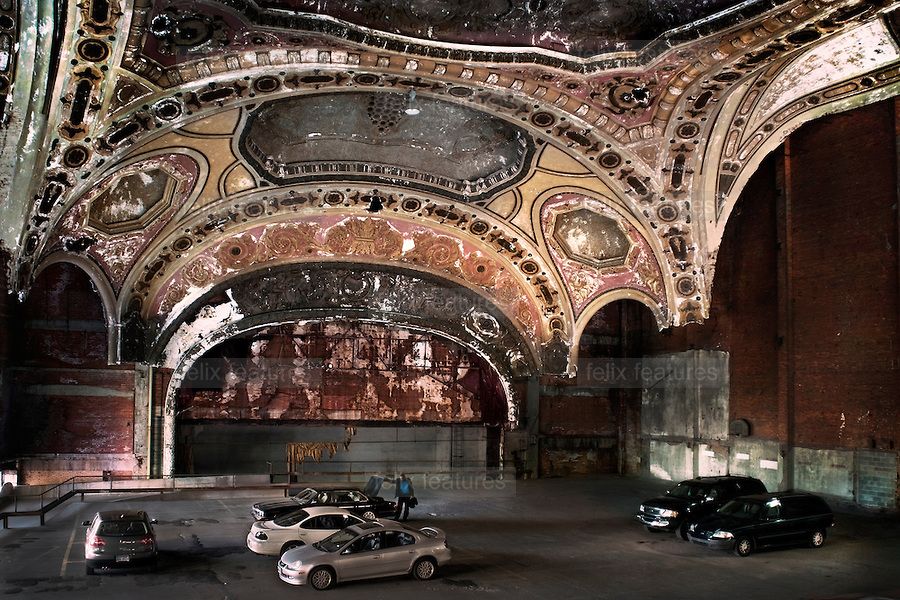On the Great Works of Software and Detroit.

I have never been to Detroit, but as a lover of cities, I am interested in what happens to it. Interested to see how it transforms itself from ruin to revival. I did live in Baltimore for four years, though – a city facing nearly identical problems. I am interested in Detroit, Baltimore and cities like them because I am a designer for one of the world’s canonical pieces of software.
Is there such a thing as a software canon? On The Great Works of Software.
I am a designer who believes that great works of software are a lot like great cities: i.e., large, beautiful, complex systems beholden to the human quirks, tantrums, and whims of those who build and inhabit them, entrenched and cemented behemoths, characteristics which at the same time spell a system’s life and death. Life because these traits are essential for the very livelihood of millions of people in a fundamental, familiar form. Death because this form is too often heavy, immalleable, and resistant to evolution.
Dull, inert cities, it is true, do contain the seeds of their own destruction and little else. But lively, diverse, intense cities contain the seeds of their own regeneration, with energy enough to carry over for problems and needs outside themselves. – Jane Jacobs, The Death and Life of Great American Cities.
The University of Washington’s College of Built Environments hosted Detroit Future City: Design for Rapid Change, a lecture and panel discussion exploring how Detroit can tap into its own seeds of regeneration to rebuild itself. I went asking myself what software designers might borrow from urban planners to help make complex software programs better? For what is complex software if not a built environment?
There is no logic that can be superimposed on the city; people make it, and it is to them, not buildings, that we must fit our plan. – Jane Jacobs, The Death and Life of Great American Cities
In pondering, considering, and connecting after the lecture, I came upon this, an Urban Design Framework put forth by the city of Perth in Australia:
The Urban Design Framework is a design tool that provides a physical interpretation of the City of Perth’s vision and strategies. It helps to ensure that the built environment we create reflects the community’s vision and the Council’s strategies, and it underpins an integrated approach to better physical environments.
The Urban Design Framework focuses on the broad scale and the long term, and sets an overall planning and design context within which more detailed and localised strategies, studies and projects can be coordinated. It also identifies administrative actions, economic, environmental, and social initiatives that have a bearing on the creation of a great city.
The need to have an urban design ‘manifesto’ has been acknowledged by other Australian cities, such as Melbourne’s ‘Grids and Greenery’ which has provided a sound policy framework for over 20 years. Such a strategic document includes directions for improving both the public and private realm, reflects a political commitment to urban design, and guides urban design quality and consistency through future capital works programs.
What if we approached design for software like design for cities and had design frameworks, manifestos, and broad scale plans? What if we asked ourselves this: What would Jane Jacobs do?